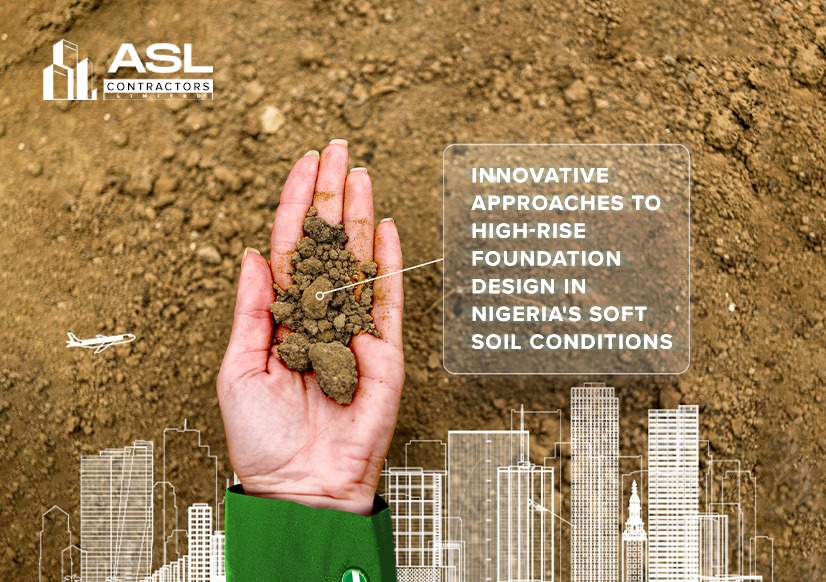
Nigeria’s rapid urbanization has fueled a boom in high-rise construction, especially in major cities. However, the country’s diverse geology presents a unique challenge: soft soils like clay and silt are prevalent in coastal and river delta regions. These soils struggle to support heavy structures due to their low bearing capacity and high compressibility, potentially leading to settlement and stability issues. Traditional foundation methods often fall short under these conditions, necessitating innovative approaches to ensure the safety and longevity of these high-rises.
Thankfully, advancements in geotechnical engineering offer a range of solutions. Piled raft foundations, for example, combine the strengths of both pile and raft foundations. Piles transfer the building’s weight to deeper, stable soil layers, while the raft spreads the load over a larger surface area. This dual approach minimizes settlement and enhances overall stability. A prime example of this technique can be seen in the Eko Atlantic project in Lagos, where skyscrapers stand tall despite the challenging soil conditions.
Beyond piled rafts, ground improvement techniques offer additional options. Soil stabilization involves mixing weak soil with agents like cement or lime to increase its strength and reduce compressibility. Deep soil mixing creates a network of solid columns within the soil for added support. Floating foundations, also known as compensated foundations, reduce the overall load on soft soils by replacing excavated soil with lighter materials like foam concrete. These innovative methods effectively improve the bearing capacity of soft soils, making them suitable for high-rise construction. As Nigeria’s urban landscape continues to evolve, embracing these advancements is crucial for building safe and sustainable high-rises.
At ASL Contractors, we are committed to staying at the forefront of innovative foundation design, collaborating with experienced engineers to ensure your next high-rise project has a solid foundation, even on the most challenging ground.

Leave A Comment